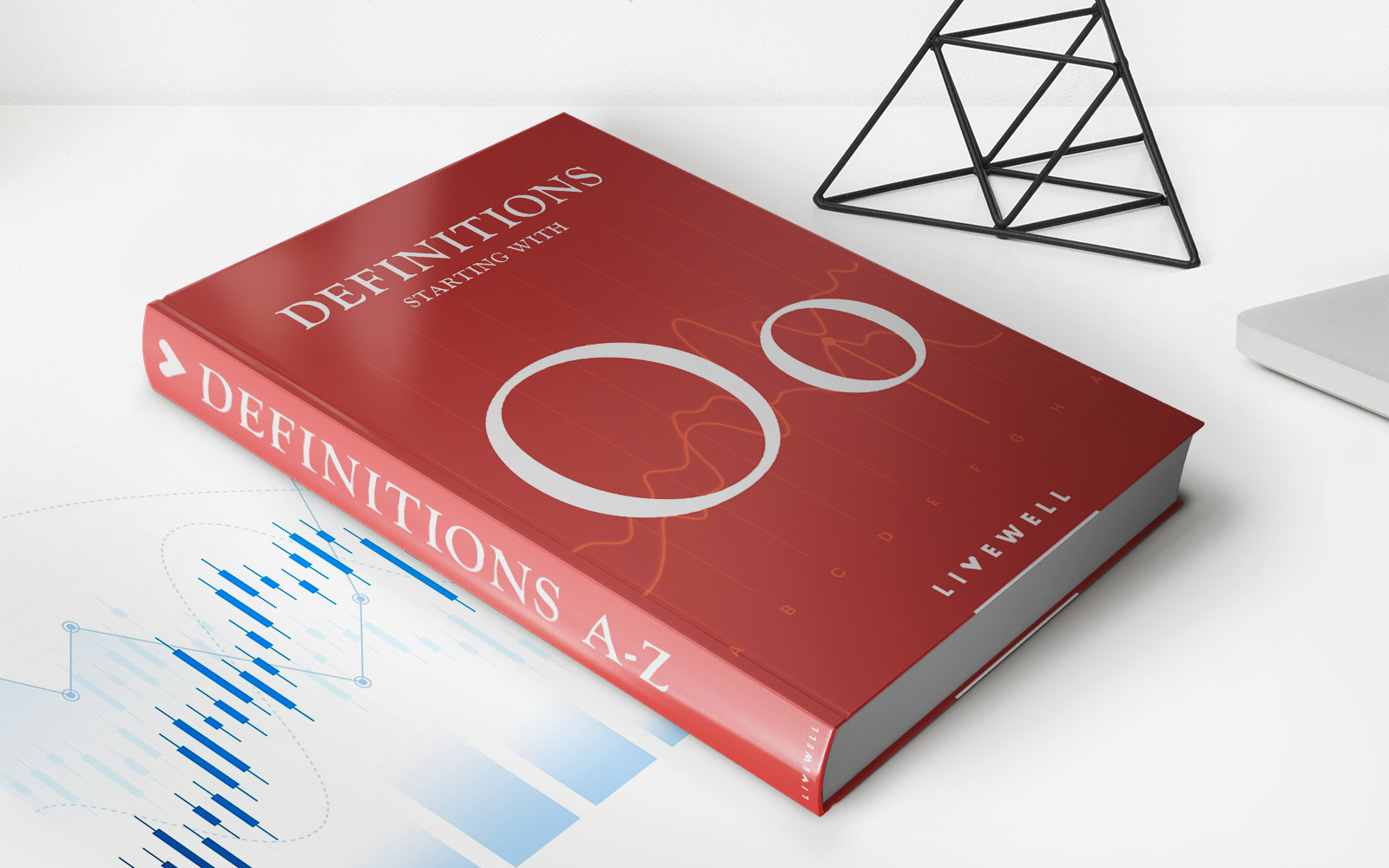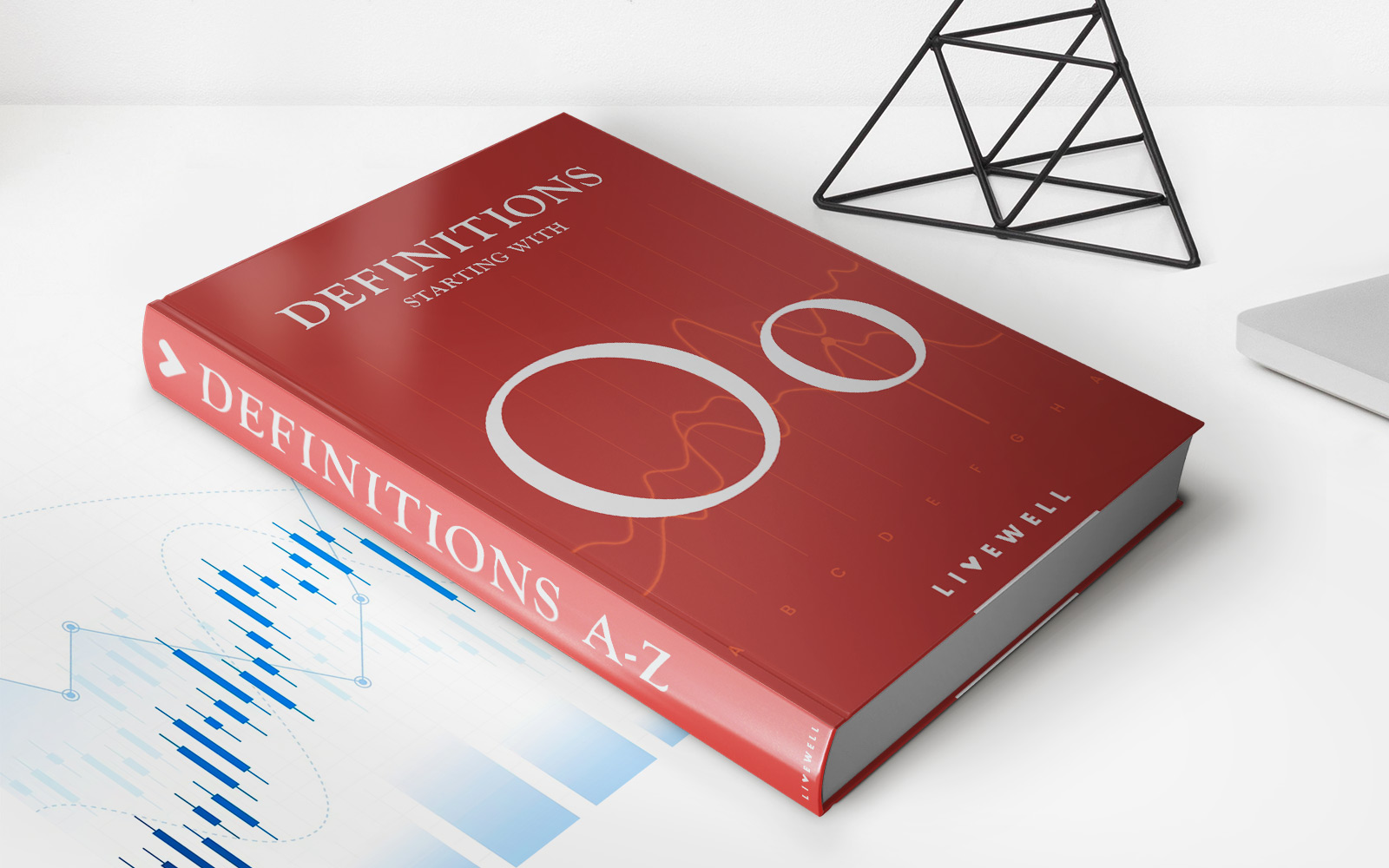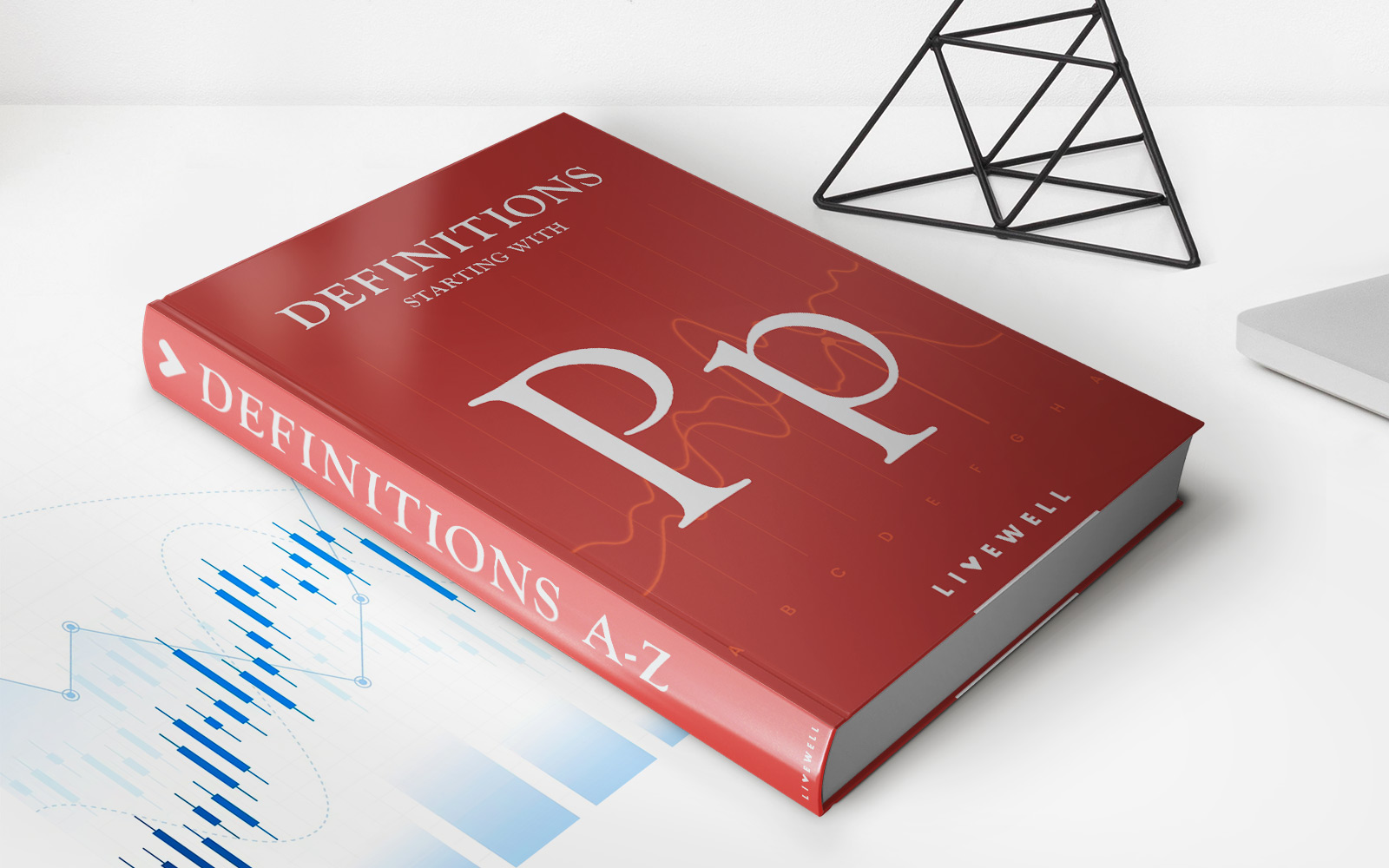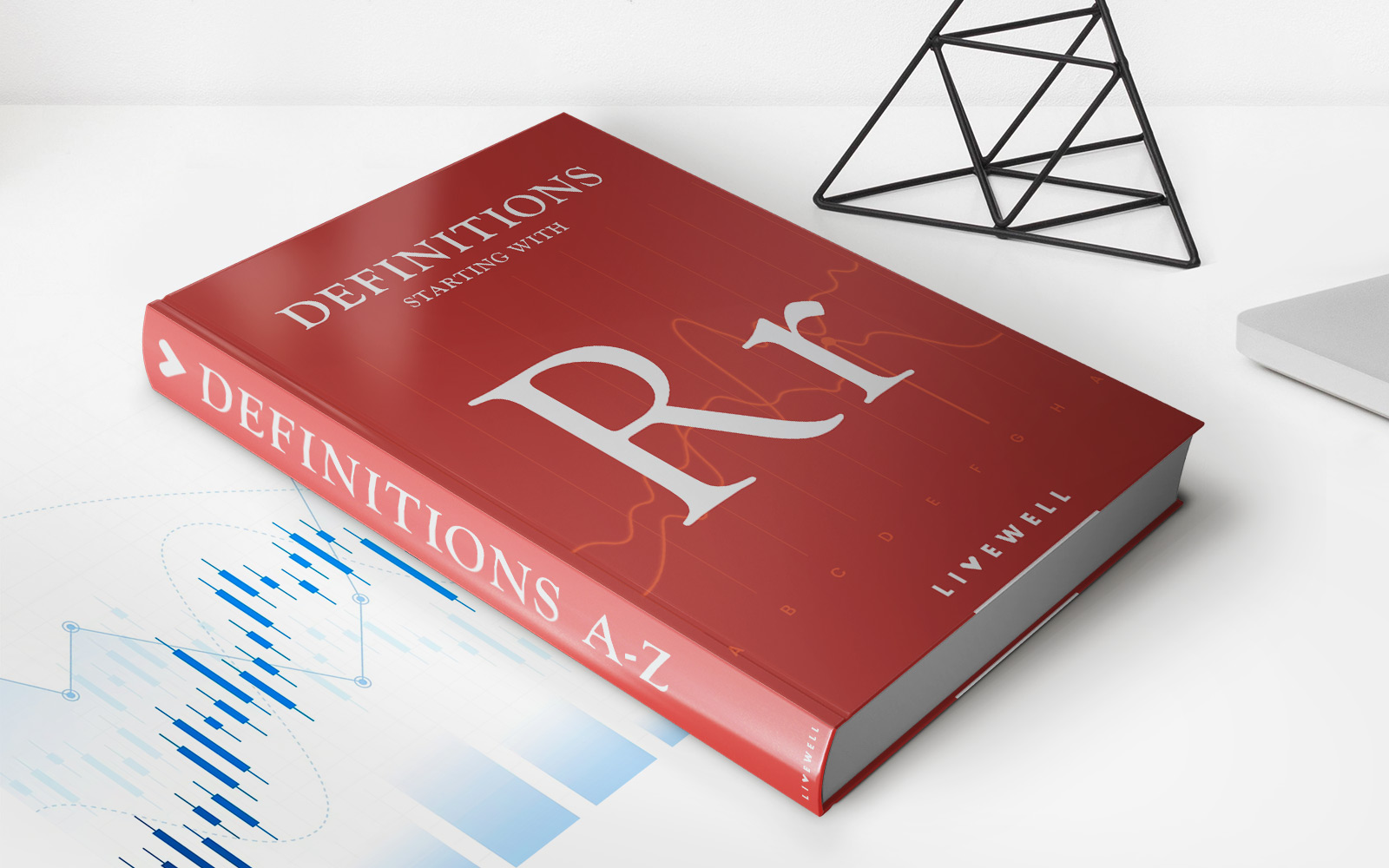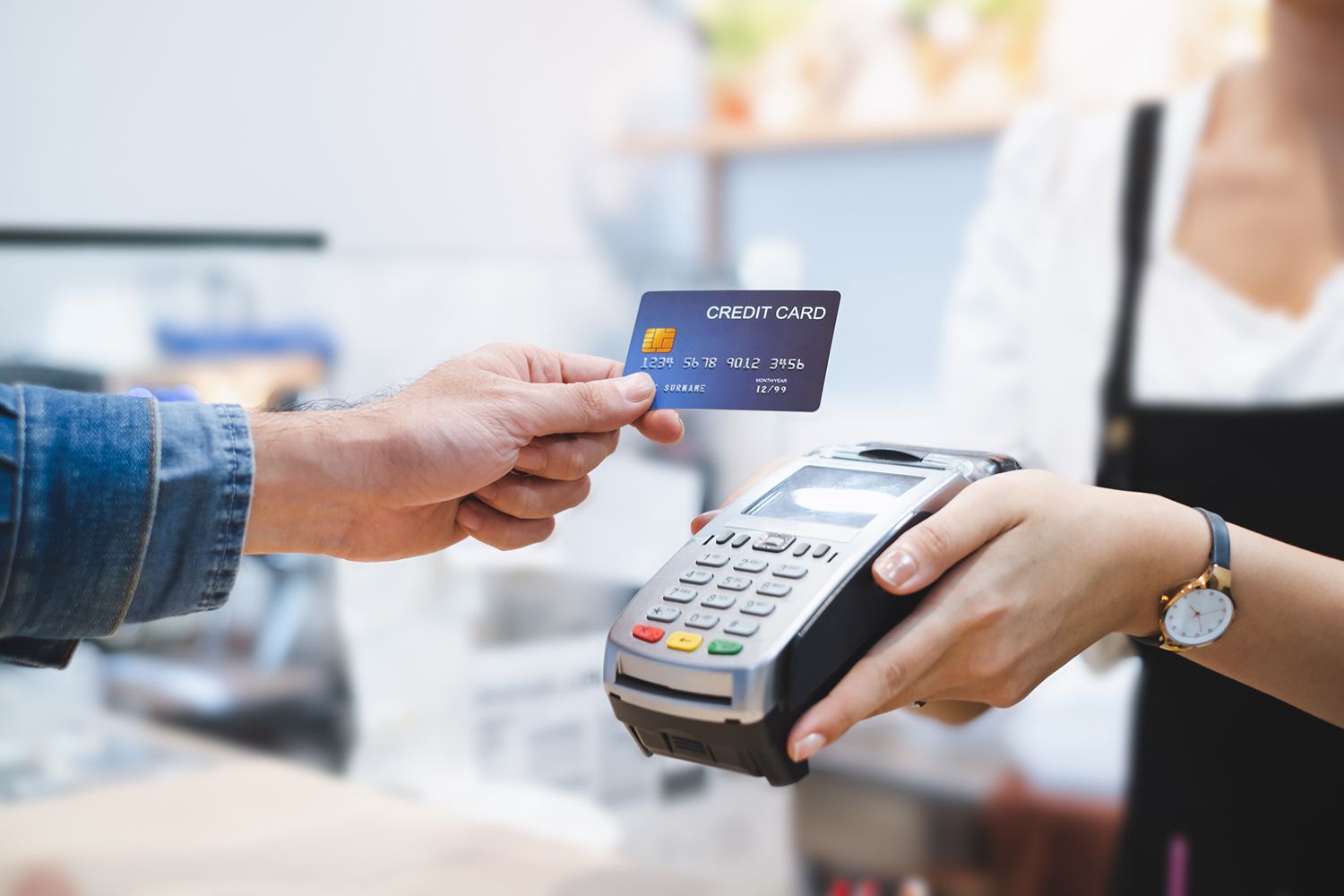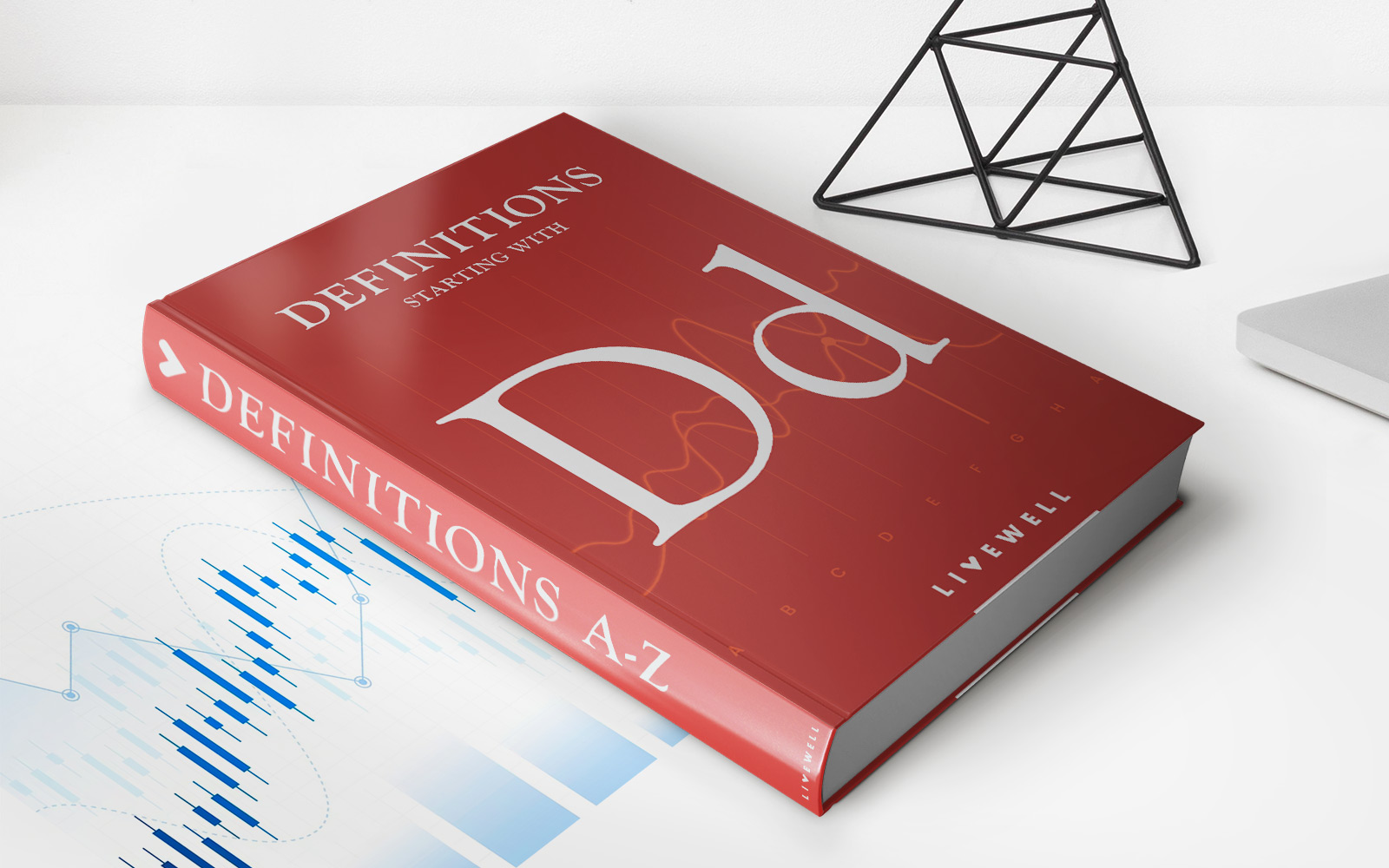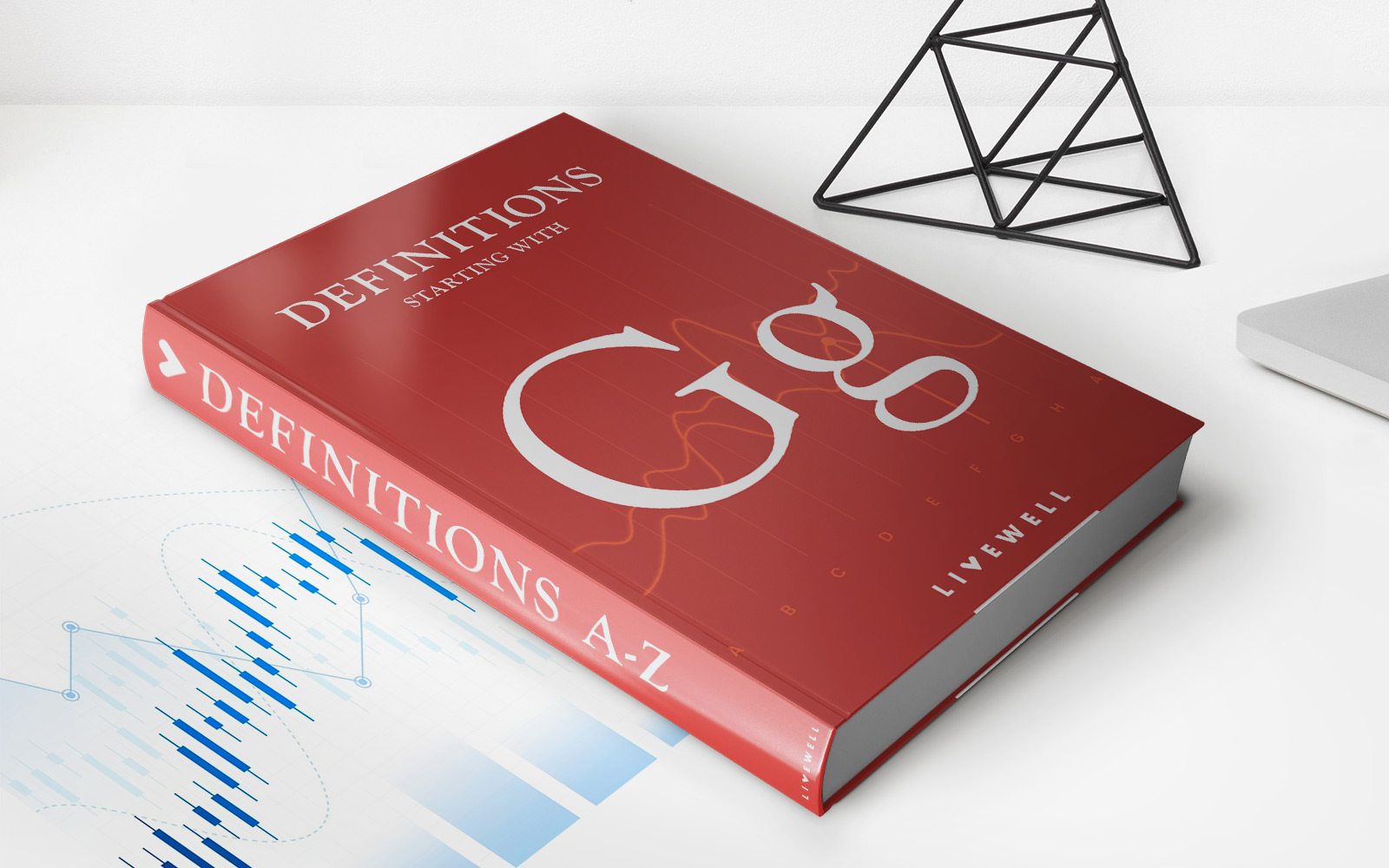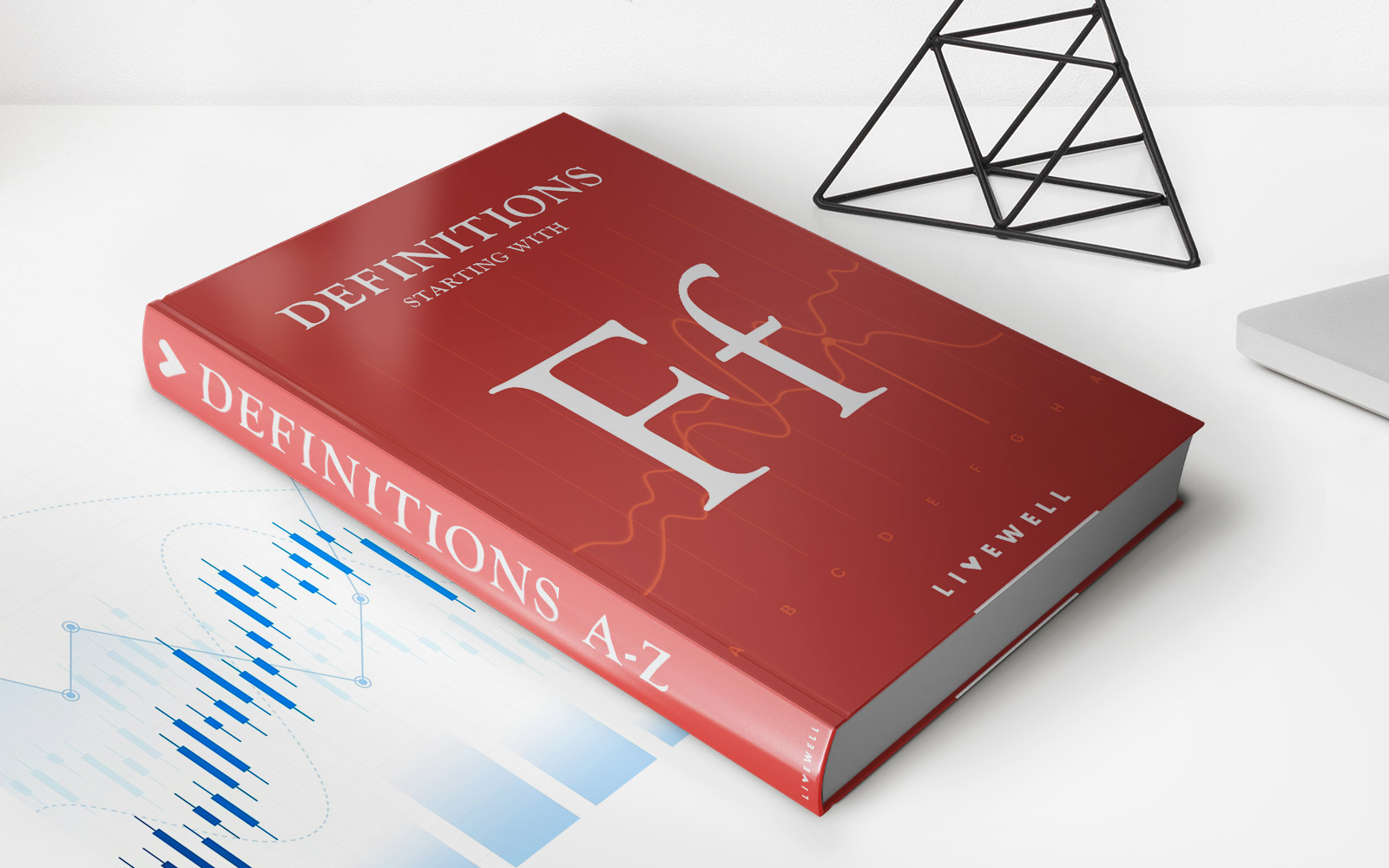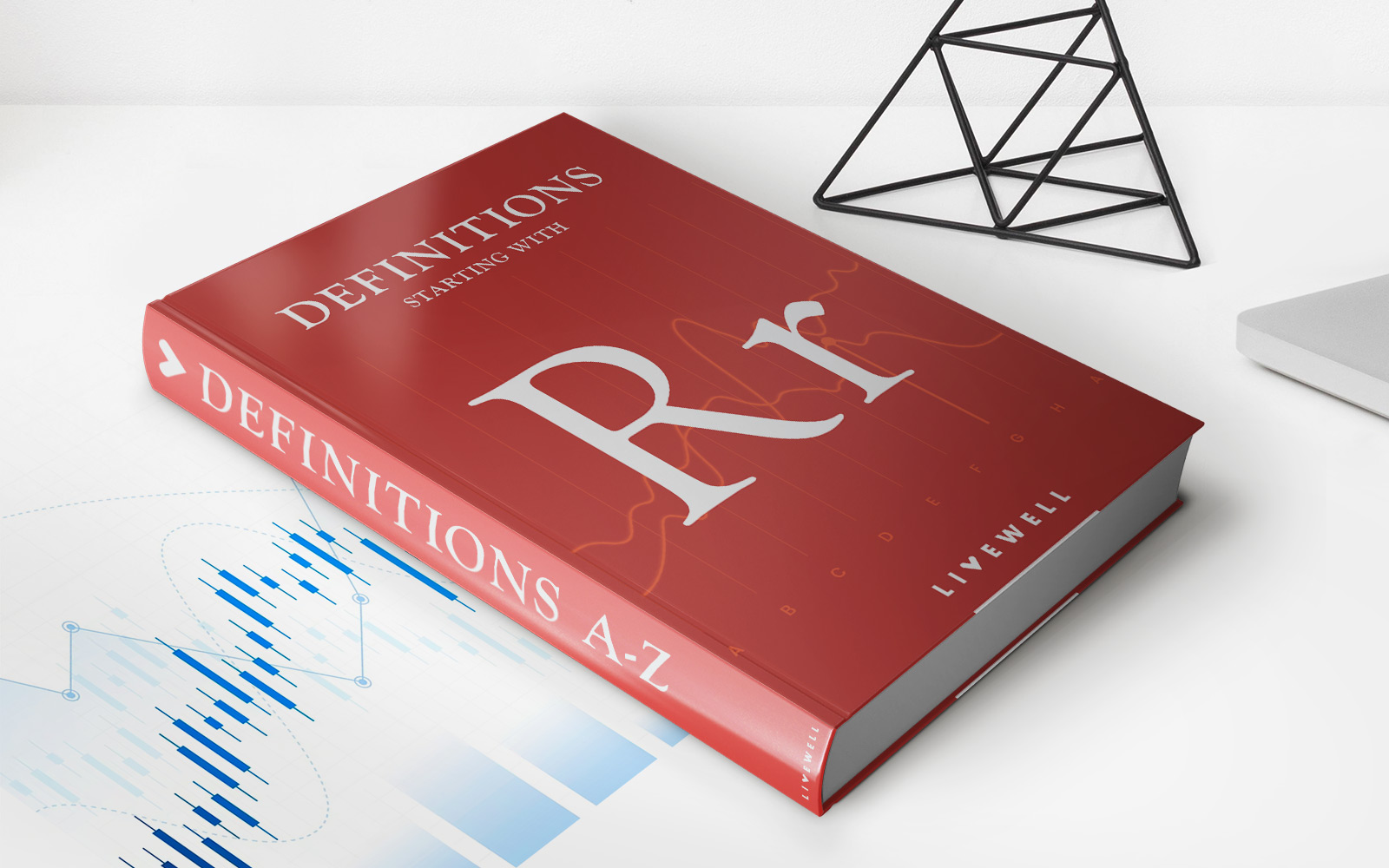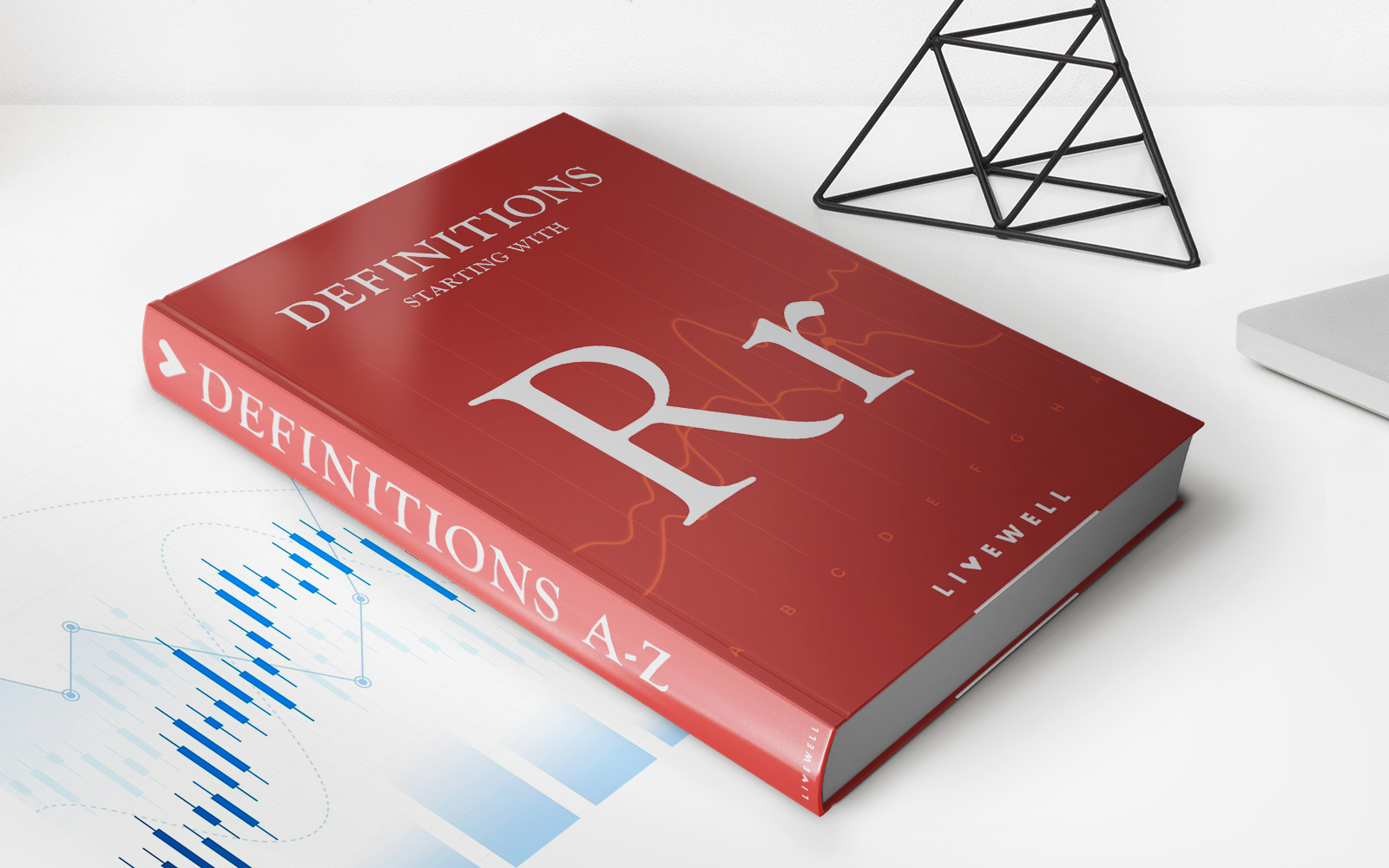Home>Finance>Irrational Exuberance: Definition, Origin, Example
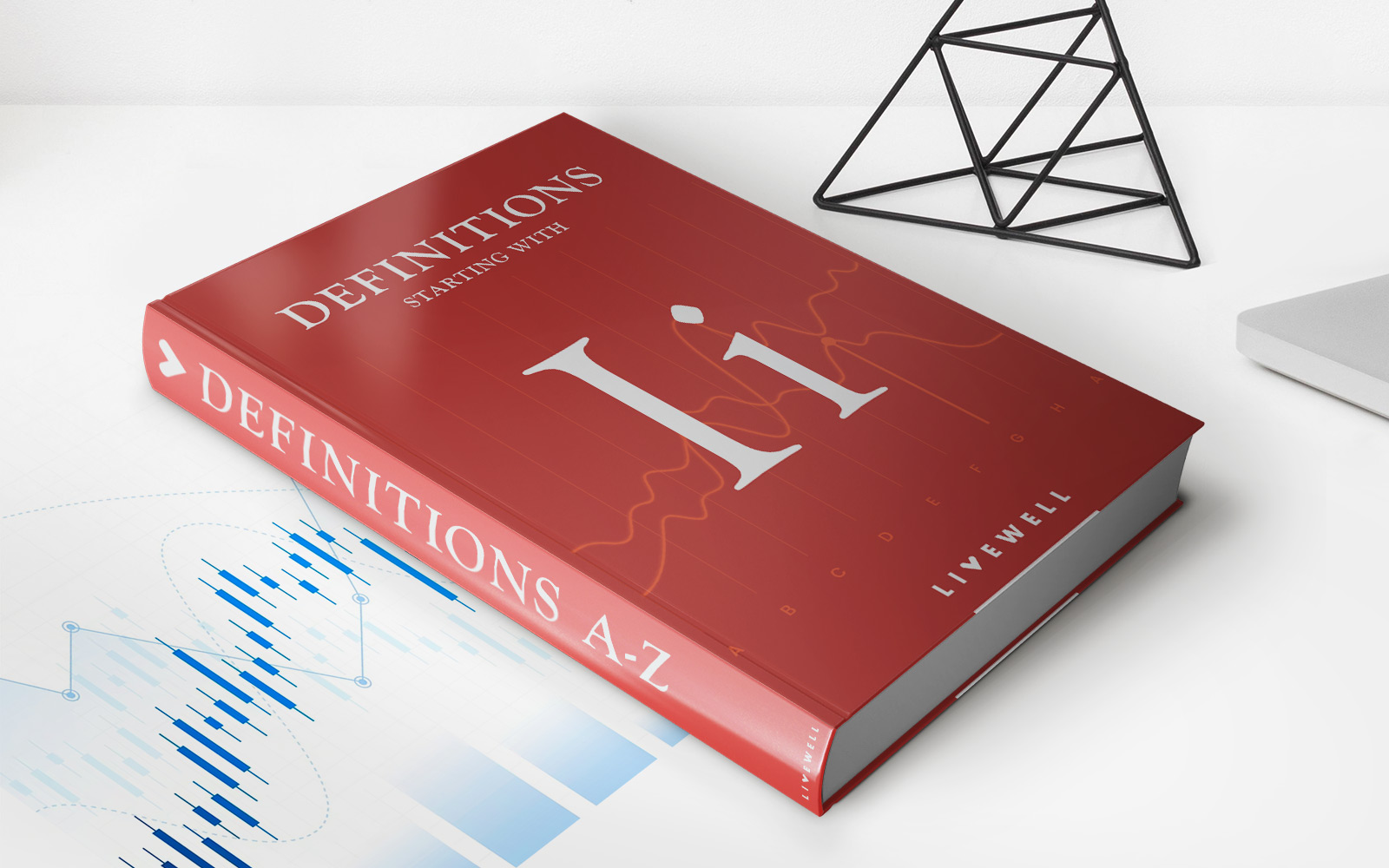

Finance
Irrational Exuberance: Definition, Origin, Example
Published: December 13, 2023
Learn about the concept of irrational exuberance in finance, including its definition, origin, and an example. Understand its implications in the market and investor behavior.
(Many of the links in this article redirect to a specific reviewed product. Your purchase of these products through affiliate links helps to generate commission for LiveWell, at no extra cost. Learn more)
Irrational Exuberance: Definition, Origin, Example
Welcome to the fascinating world of finance! Today, we are going to explore the concept of irrational exuberance, a phenomenon that has significant implications in the world of investing and financial markets. Have you ever wondered why the stock market sometimes experiences extreme highs and lows that seem detached from rationality? Irrational exuberance provides us with some key insights into this intriguing behavior.
Key Takeaways:
- Irrational exuberance refers to the phenomenon where investors display excessive optimism, leading to inflated asset prices.
- It was famously coined by former Federal Reserve Chairman Alan Greenspan during the dot-com bubble of the late 1990s.
But what does irrational exuberance really mean? In simple terms, it refers to the state where investors become excessively positive about the future prospects of an asset or market, leading to inflated prices that are not supported by fundamental valuation metrics. As a result, market bubbles form, and when reality eventually sets in, prices crash, causing significant financial losses for those caught in the frenzy.
The origin of the term can be traced back to the late 1990s when the dot-com bubble was at its peak. Alan Greenspan, the Federal Reserve Chairman at the time, used the phrase “irrational exuberance” to describe the euphoric optimism surrounding technology stocks. The dot-com bubble saw massive investments in internet-based companies, even for those with unproven business models or without any clear path to profitability.
As we all know, the dot-com bubble eventually burst, and many of these high-flying technology stocks crashed, wiping out billions of dollars in investor wealth. This is a classic example of how irrational exuberance can lead to irrational behavior, eventually resulting in a market correction.
So, how can we identify irrational exuberance in the financial markets? While it’s challenging to precisely pinpoint the turning points of market bubbles, some warning signs include:
- Overvaluation: Asset prices soar to levels that seem disconnected from economic reality.
- Herd Mentality: Investors follow the crowd without conducting independent analysis.
- Speculative Behavior: Market participants engage in risky investments solely based on the expectation of price appreciation.
- Excessive Borrowing: Easy access to credit fuels speculative buying.
It is important to note that while irrational exuberance can lead to significant financial losses, it also creates opportunities for astute investors. By recognizing the signs of market bubbles and taking a contrarian approach, investors can potentially profit from the eventual correction.
In conclusion, irrational exuberance is a fascinating concept that sheds light on the irrational behavior exhibited by investors during certain periods of financial market history. It reminds us to remain vigilant and skeptical when the markets seem to defy logic and reason. By understanding and recognizing the signs of irrational exuberance, we can navigate the volatile landscape of finance with a greater degree of prudence and insight.
